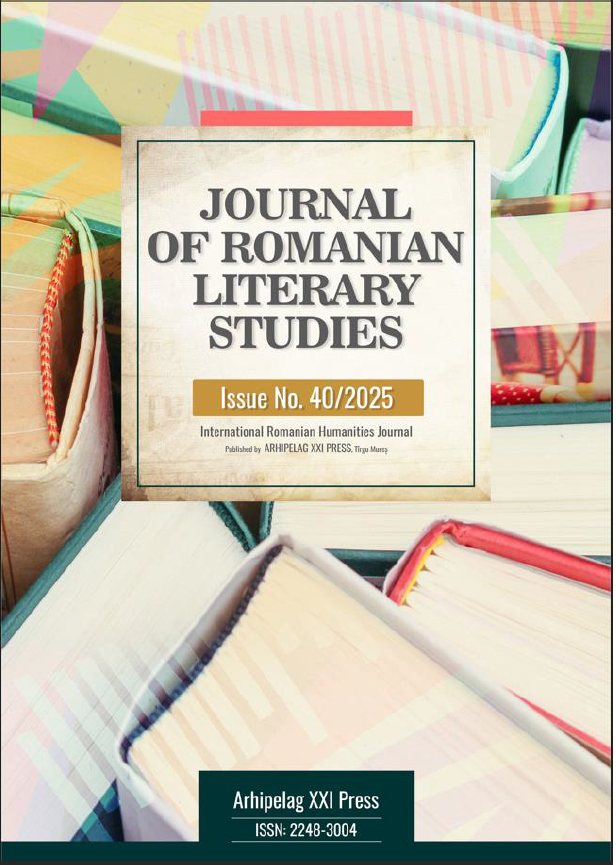THE MODERNISATION OF ROMANIAN GASTRONOMIC CULTURE IN THE 19TH CENTURY. CAȘCAVAL AND PARMEZAN: TWO GASTRONOMIC TERMS OF ITALIAN ORIGIN
THE MODERNISATION OF ROMANIAN GASTRONOMIC CULTURE IN THE 19TH CENTURY. CAȘCAVAL AND PARMEZAN: TWO GASTRONOMIC TERMS OF ITALIAN ORIGIN
Author(s): Dana Claudia CiultăSubject(s): Language and Literature Studies, Literary Texts, Foreign languages learning, Theoretical Linguistics, Applied Linguistics, Studies of Literature, Lexis, Semantics, Language acquisition, Historical Linguistics, Sociolinguistics, Romanian Literature, Other Language Literature, Philology, Phraseology, Stylistics, Sociology of Literature
Published by: Editura Arhipelag XXI
Keywords: gastronomy; Italian terms; modernisation; caciocavallo; parimigiano;
Summary/Abstract: In the evolution of Romanian civilization, the topic of gastronomy is not of particular interest among intellectuals, but, as Eugen Simion noted, writers – such as Costache Negruzzi and Mihail Kogălniceanu – were among the ones to ”display some sensitivity to what is called the gourmet discourse.” In this context, it is worth mentioning that Costache Negruzzi’s library included ”The Physiology of Taste”, written by Brillat – Savarin, whom Honoré de Balzac considered one of the great prose writers. Although gastronomy was not a fundamental dimension of his work, Kogălniceanu’s sensitivity to gastronomy is evident in many of his writings – elements of culinary art were incorporated both into his own lifestyle and the lives of his characters – and throughout his correspondence. In doing so, Kogălniceanu not only shaped the historical physiognomy of his era but also highlighted the refinement and good taste of certain social classes in mid-19th century Moldova.
Journal: Journal of Romanian Literary Studies
- Issue Year: 2025
- Issue No: 40
- Page Range: 606-612
- Page Count: 7
- Language: Italian

